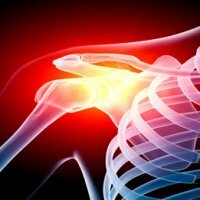Herniated discs: symptoms and treatment
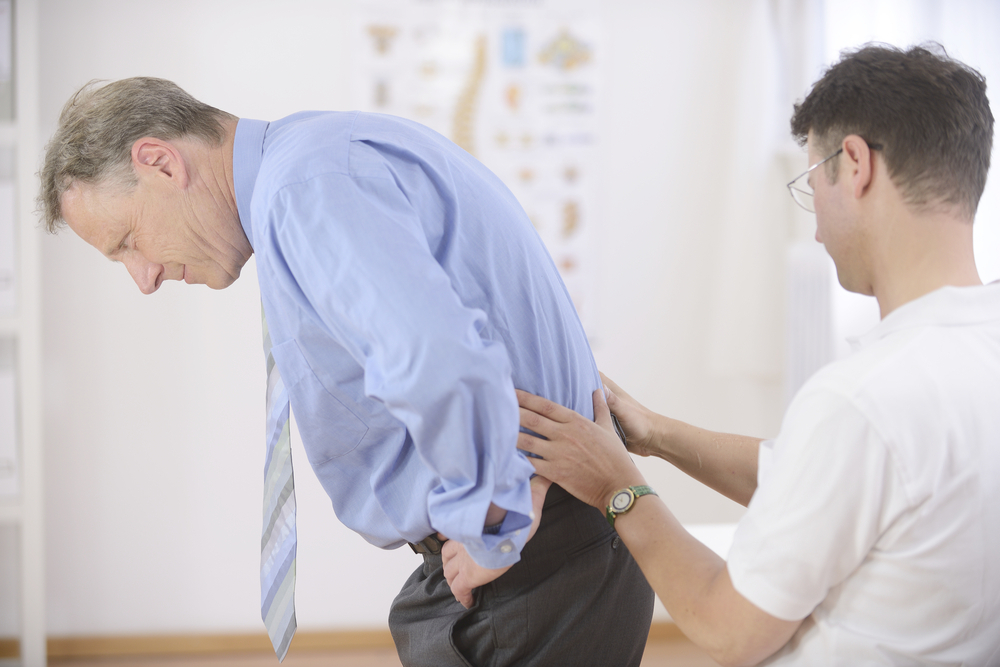 Back and limb pain should not be left without proper attention.Since approximately half of the patients have back pain caused by intervertebral hernia.However, quite often an ailment is detected accidentally during computed tomography.The disease occurs with a frequency of 100 cases per 100,000 population.Intervertebral hernias are more often found at the age of 30-40 years.
Back and limb pain should not be left without proper attention.Since approximately half of the patients have back pain caused by intervertebral hernia.However, quite often an ailment is detected accidentally during computed tomography.The disease occurs with a frequency of 100 cases per 100,000 population.Intervertebral hernias are more often found at the age of 30-40 years.
Reasons for
The spine is the main support of the body.The vertebral column consists of vertebrae interconnected by intervertebral discs.The function of the latter is to provide depreciation for walking, running, and also the flexibility of the entire spine.The intervertebral disc consists of an outer shell - a fibrous ring, as well as a pulpous core located in the center of the disc.Normally, the fibrous ring is sufficiently dense and capable of withstanding physical exertion.But the properties of the connective tissue envelope can vary.
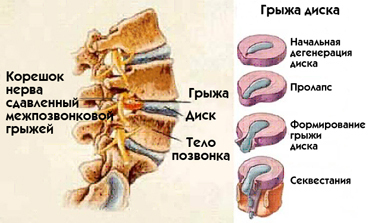
Thus, osteochondrosis is a favorable background for the formation of the intervertebral hernia.With osteochondrosis, dystrophic changes occur in the discs: moisture is lost, the fibrous ring becomes loose and brittle.On the surface of the fibrous ring, cracks can form which, under the influence of various adverse factors, can lead to rupture of the intervertebral disc.Then the pulpous nucleus extends beyond the disk.A similar condition is called the intervertebral hernia.The displaced pulpous nucleus compresses the nerve roots and blood vessels, which actually explains the clinical picture of the disease.
Reasons for provoking the formation of an intervertebral hernia:
- Injuries to the spine;
- High load on the spine: great sports, excessive physical activity, constant work in a sitting or standing position, incorrect lifting of weights;
- Obesity;
- Sedentary lifestyle;
- Infectious lesions of the structures of the spine( spondylitis);
- Congenital anomalies of the spine;
- Exposure to vibration in the workplace;
- Incorrect posture.
Types of intervertebral hernia
The clinical picture and severity of the disease will depend on where the fibrous ring ruptured. So, these types of herniated intervertebral discs are distinguished:
- Anterior hernia - when the pulpous nucleus is displaced forward;
- Rear - when the pulpous nucleus is displaced posteriorly from the vertebrae, that is, into the spinal canal;
- Lateral - when the hernia is located on the side of the vertebral body;
- Schmorl's hernia - when a hernia penetrates the vertebral body.
The posterior hernia is most dangerous.A pulpous nucleus stuck in the cerebrospinal canal compresses the spinal cord and leads to a breakdown in its functions.
Symptoms of intervertebral hernia
Hernias are also classified according to the affected segment of the spine.There are hernias of the lumbar, cervical, thoracic spine.
The most common intervertebral herniation of the lumbar region, and often the pathological process is localized in the discs located between the fourth and fifth lumbar vertebrae, as well as between the fifth vertebra and sacrum.Less often, hernias appear in the cervical and thoracic areas.
Herniation of the lumbar spine
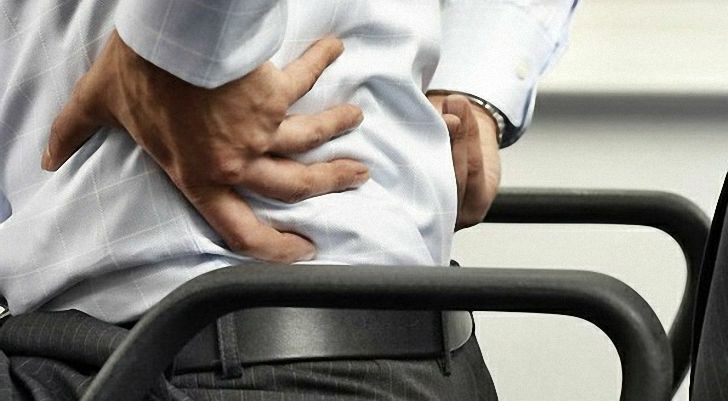 The most common symptom is the appearance of pain in the lumbar spine.The patient may be marked for several months with aching, burning pain.When lifting weights and physical exertion irritates the nerve endings.In this case, there is a sharp sharp pain in the type of backache, which is also called lumbago.Pain causes a reflex spasm of the muscles of the waist.That is why patients with lumbago froze in one position and can not straighten or turn.
The most common symptom is the appearance of pain in the lumbar spine.The patient may be marked for several months with aching, burning pain.When lifting weights and physical exertion irritates the nerve endings.In this case, there is a sharp sharp pain in the type of backache, which is also called lumbago.Pain causes a reflex spasm of the muscles of the waist.That is why patients with lumbago froze in one position and can not straighten or turn.
With compression of hernia of the sciatic nerve, pain, burning, tingling in the area of the back surface of the foot.This condition is called sciatica.
When the motor fibers of the spinal roots are compressed, weakness of the leg muscles is observed, as well as a decrease in the reflexes.When the sensitive fibers of the spinal roots are compressed, a decrease in skin sensitivity, tingling, a sensation of crawling along the back surface of the leg, from the buttock to the heel is noted.These symptoms are seen as manifestations of radiculitis.
Autonomic disturbances can occur: the lower back and legs turn pale, red or white spots may appear on it, excessive sweating may be recorded.
In addition, when the roots are compressed, the innervated pelvic organs, the patient complains of urination and bowel movements, as well as a violation of potency.
In case of compression or damage to the spinal cord, paresis or paralysis in the lower limbs may occur.
Hernia of the cervical spine
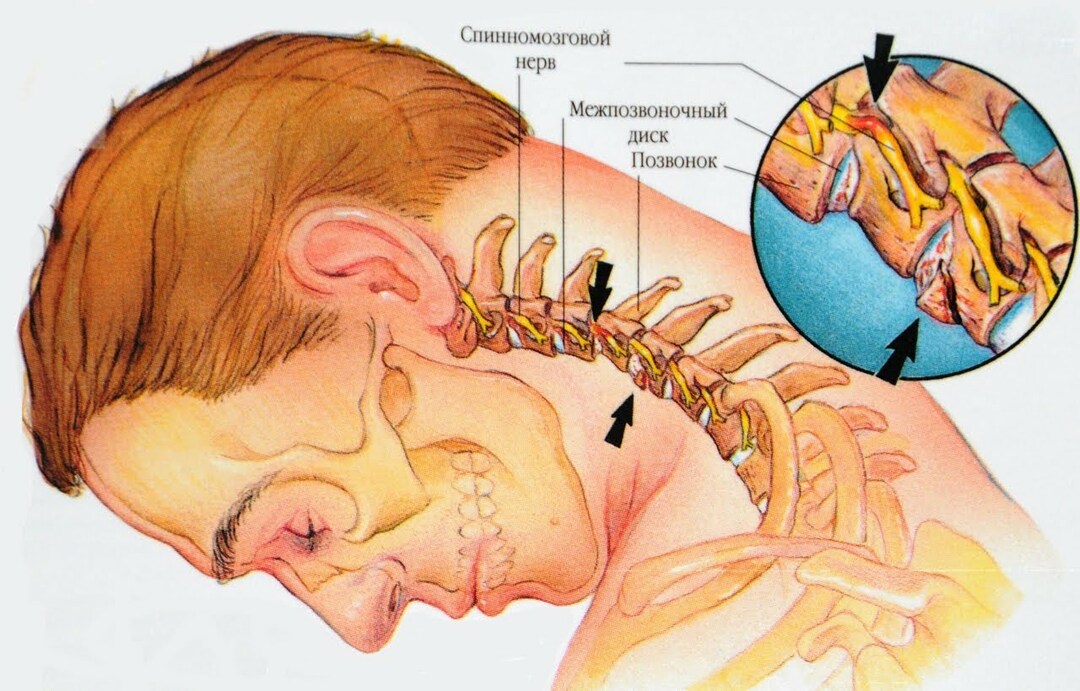 This type of intervertebral hernia is worried by constant aching neck pains, which is the earliest sign of ailment.Headaches are caused by compression of the nerve roots and the vertebral artery.And the pain can be diffuse or concentrated in the neck and temples.There are also symptoms such as dizziness, tinnitus.Due to inadequate supply of oxygen to the neurons develop a constant weakness, rapid fatigue.In addition, there may be an increase in blood pressure.
This type of intervertebral hernia is worried by constant aching neck pains, which is the earliest sign of ailment.Headaches are caused by compression of the nerve roots and the vertebral artery.And the pain can be diffuse or concentrated in the neck and temples.There are also symptoms such as dizziness, tinnitus.Due to inadequate supply of oxygen to the neurons develop a constant weakness, rapid fatigue.In addition, there may be an increase in blood pressure.
When compressing the sensitive fibers of the spinal roots in the neck, occiput, and hands, there are sensations of numbness, tingling, crawling, and a decrease in skin sensitivity.When the motor fibers of the spinal roots are compressed, weakness of the muscles of the hand is observed.Typical are vegetative disorders: the skin of the neck, hands paleness, there is increased sweating.
With severe compression of the hernia of the spinal cord, paralysis may develop.
Hernia of the thoracic spine
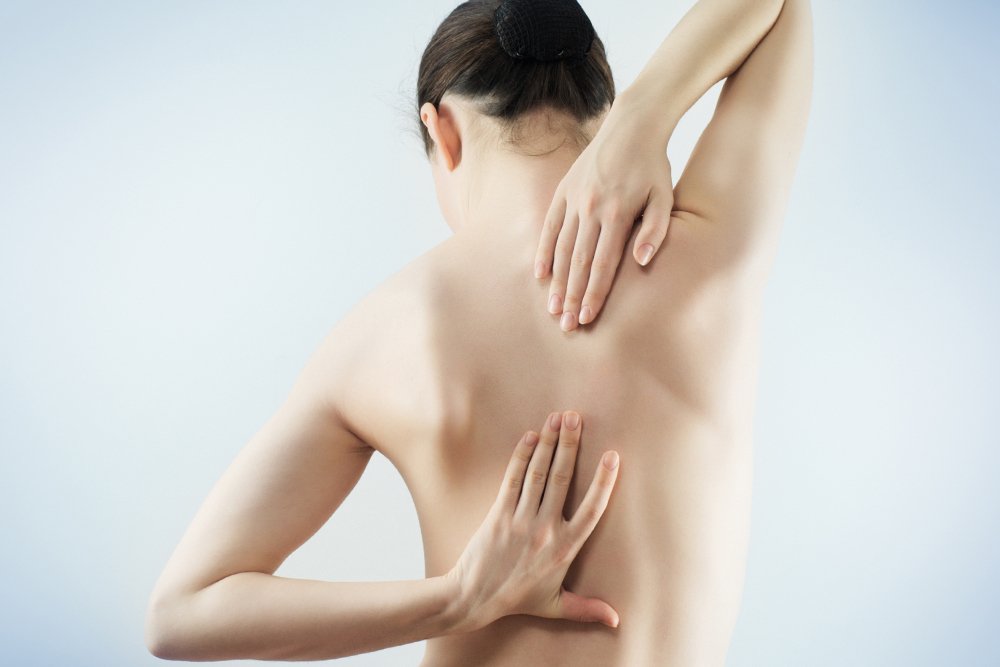 With this type of disease, the person is concerned about back pain, mainly between the shoulder blades.However, the pain is capable of radiating into the thorax, lumbar region, neck, upper limbs.Painful sensations are markedly enhanced by coughing, sneezing, laughing, turning the body.It is noteworthy that pain is often shrouded in nature.
With this type of disease, the person is concerned about back pain, mainly between the shoulder blades.However, the pain is capable of radiating into the thorax, lumbar region, neck, upper limbs.Painful sensations are markedly enhanced by coughing, sneezing, laughing, turning the body.It is noteworthy that pain is often shrouded in nature.
Sometimes the pains spread to the abdominal area, which can mimic the pathology of the abdominal organs.When compressing the spinal cord below the site of damage, paresis and paralysis occur.
Diagnosis of intervertebral hernia
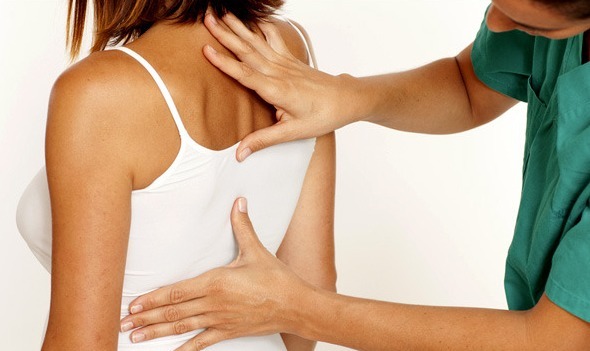 In the presence of characteristic symptoms and complaints, a neurologist examines a person.The doctor determines the muscle tone, skin sensitivity, and also the state of the reflexes.To confirm the diagnosis, the patient should undergo instrumental research.
In the presence of characteristic symptoms and complaints, a neurologist examines a person.The doctor determines the muscle tone, skin sensitivity, and also the state of the reflexes.To confirm the diagnosis, the patient should undergo instrumental research.
The most accessible method is the radiography of the vertebral column in the straight and lateral projections.In the pictures the intervertebral discs are not visualized, and therefore the hernia can not be determined.But with the help of roentgenography, you can identify the cause of the disease: vertebra injuries, signs of osteochondrosis, congenital anomalies.
The most effective study is magnetic resonance imaging.This method allows you to assess the condition of soft tissues.With the help of the obtained pictures, it is possible to study the state of the intervertebral discs, as well as the presence of a hernia.
Treatment of intervertebral hernia
Not all intervertebral hernia need active treatment.So patients with protrusion of the intervertebral disc to three millimeters and the absence of symptoms need only observation.
If you have severe pain, you will not be able to avoid taking medication.For this purpose, drugs related to the NSAID group( diclofenac, meloxicam, ketorol) are used.With intervertebral hernias with a pronounced inflammatory process resort to ointments containing glucocorticosteroids( flucinar, triacort, esperone, dermovite).
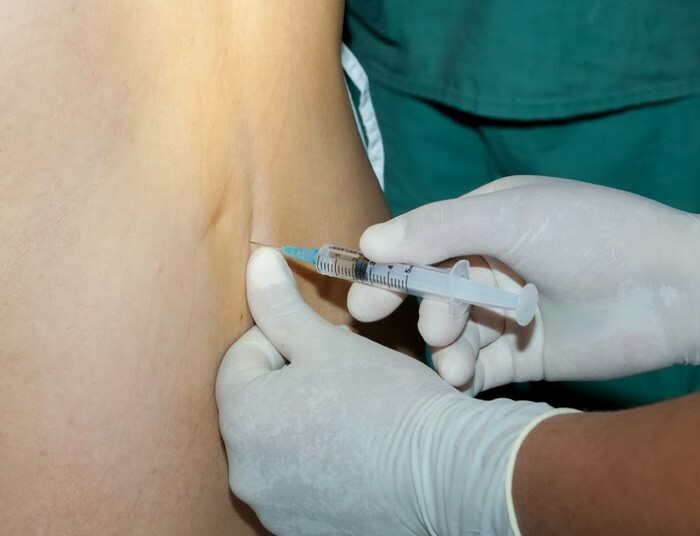 A rather widespread and effective procedure is the implementation of a therapeutic blockade.This is the introduction of anesthetics( lidocaine, novocaine) into the epidural space.The objective of the procedure is to eliminate pain and muscle spasm.Relief patient experiences after a couple of minutes.The effect of blockade can last for several weeks.
A rather widespread and effective procedure is the implementation of a therapeutic blockade.This is the introduction of anesthetics( lidocaine, novocaine) into the epidural space.The objective of the procedure is to eliminate pain and muscle spasm.Relief patient experiences after a couple of minutes.The effect of blockade can last for several weeks.
In addition, the doctor can prescribe B vitamins( neurovitamin, milgamma), which provide regeneration of the destroyed nerve fibers, as well as improvement of the nerve impulse conduction.To repair the cartilage tissue of the discs, chondroprotectors( structum, alfutol) are prescribed.
If, despite conservative therapy, the pain does not leave a person and every day worries more and more, then it is necessary to consider the option of surgical treatment.Immediate surgical intervention requires compression of the horse's tail.
Operations are carried out in an open manner, as well as endoscopically.During surgery, the doctor removes the hernia and restores the integrity of the fibrous ring.If the intervertebral disc is severely damaged, the implant is replaced.
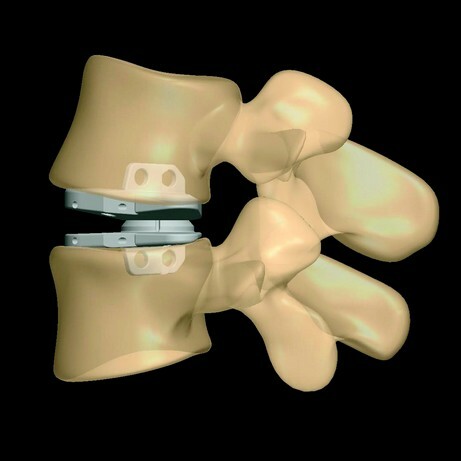
In the acute period of the disease, massage and manual therapy can not be performed.This is permissible only in the recovery period.This rule also applies to physiotherapy, curative gymnastics.
Grigorova Valeria, medical reviewer



